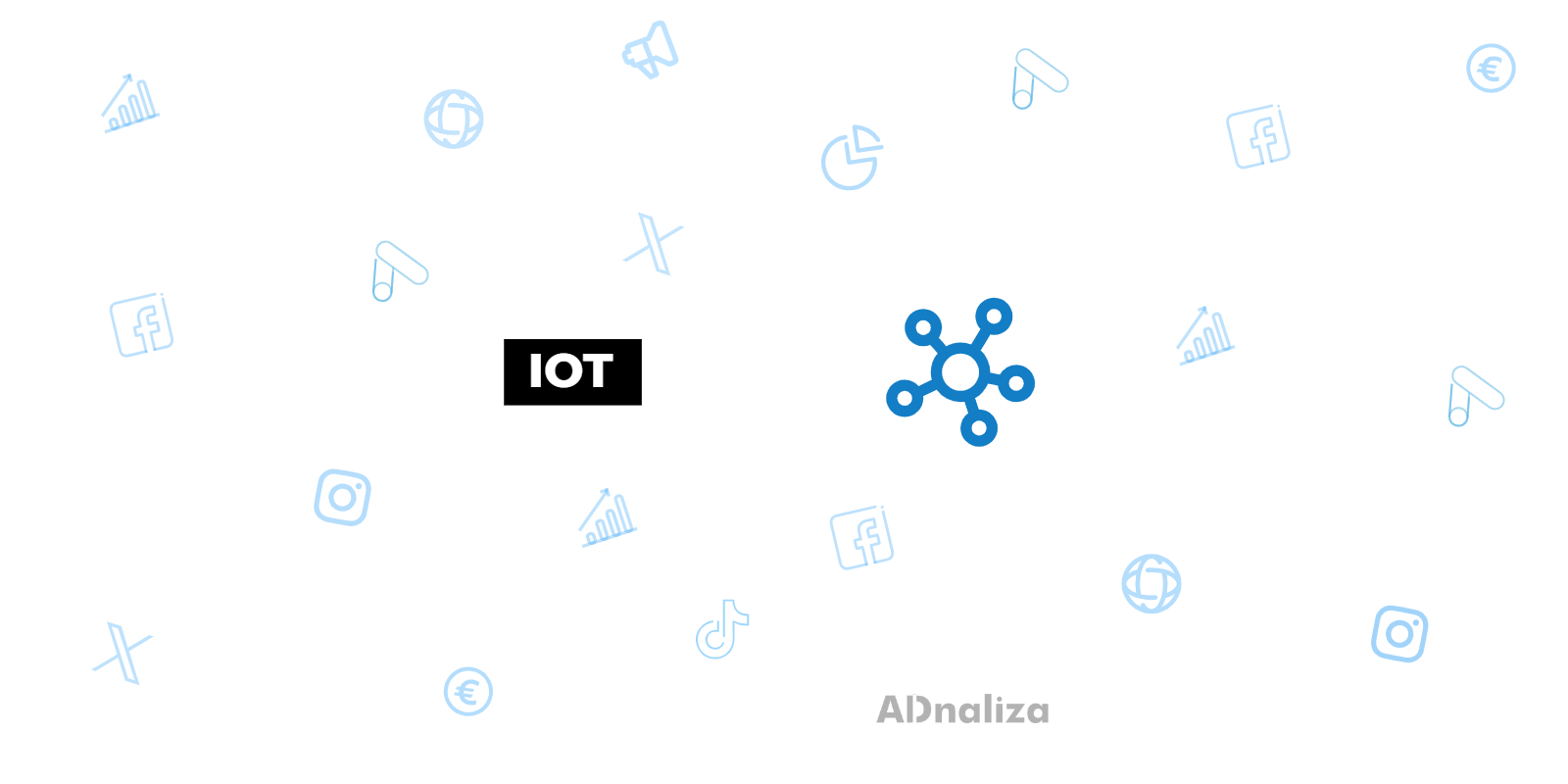Internet of Things, also known by its acronym IoT, refers to the network of physical objects, "things" or devices that are integrated with sensors, software and other technologies for the purpose of connecting and exchanging data with other devices and systems through Internet.
How IoT Works
The operation of IoT is based on the interconnection of devices through the internet. Connected devices can range from common appliances to complex industrial systems. These devices collect and share data, and can be controlled and monitored through digital platforms.
The key element for IoT to work is connectivity. Devices must be connected to the internet and must be able to collect and transmit data. To do this, they can use various connectivity technologies, such as Wi-Fi, Bluetooth, LoRaWAN, among others.
IoT Applications
IoT has a wide range of applications in various sectors. Some of the most notable include:
- Smart cities: IoT allows the creation of smart cities through the implementation of traffic management systems, waste management, public lighting, among others.
- Industry 4.0: The implementation of IoT in industry allows real-time monitoring and control of production processes, which can result in greater efficiency and less waste.
- Smart homes: From thermostats to refrigerators, IoT allows users to control and monitor their appliances from anywhere.
- Health: IoT-connected devices in healthcare can help monitor patients' vital signs, administer medications, and even alert healthcare professionals in the event of an emergency.
IoT in Digital Marketing
The Internet of Things (IoT) offers numerous opportunities in the field of digital marketing, including:
- Data Collection: IoT devices offer a new source of user data, from consumption patterns to daily behaviors, enabling more effective segmentation and personalization.
Contextual Marketing
: IoT devices can detect user context in real time, enabling the delivery of highly relevant marketing messages at the right time.- Enhanced Customer Service: IoT devices can notify businesses of technical or usage issues before the customer becomes aware of it, enabling a faster, more proactive response.
- New Interaction Platforms: IoT devices can act as new platforms for interacting with customers, from smart speakers to wearables.
- Real-Time Advertising: IoT devices can enable real-time advertising based on usage and user behavior data.
However, these opportunities also come with challenges, such as data privacy and security issues, and the need for significant technology investments.
Advantages and Disadvantages of the Internet of Things
The advantages of IoT include:
- Increased efficiency and productivity: By enabling real-time monitoring and control, IoT can improve efficiency and productivity in various industries.
- Improved decision making: With the ability to collect and analyze large amounts of data, IoT can facilitate data-driven decision making.
- Greater convenience and quality of life: In the home, IoT can offer greater convenience through remote control of appliances and systems.
However, there are also some disadvantages:
- Security and privacy: Since IoT involves the collection and sharing of large amounts of data, security and privacy issues can arise.
- Connectivity dependency: IoT devices rely on internet connectivity, which can limit their functionality in areas with little or no connectivity.
- High costs: Implementing IoT systems can be expensive, especially for small businesses.
IoT Examples
The Internet of Things (IoT) manifests itself in a wide range of applications in different sectors. Here are some examples of using IoT:
- Smart Home Devices: Devices such as smart thermostats, lights, locks and security systems allow people to control and monitor their home remotely over the internet.
- Wearables: Devices such as smartwatches, fitness trackers, and health-tracking devices can collect a variety of health and fitness data and transmit it over the internet.
- Connected Vehicles: Cars and other vehicles equipped with IoT technology can offer a range of features, from remote diagnostics to in-vehicle entertainment to road safety.
- Smart Agriculture Systems: IoT sensors are used to monitor factors such as soil moisture, nutrient levels and temperature, enabling more effective crop management.
- Industry 4.0: In the industrial realm, IoT is used to monitor and control machinery and production processes, improve efficiency and reduce waste.
These are just a few examples of how IoT is being used today, and the number and diversity of IoT applications is expected to continue to grow in the future.
